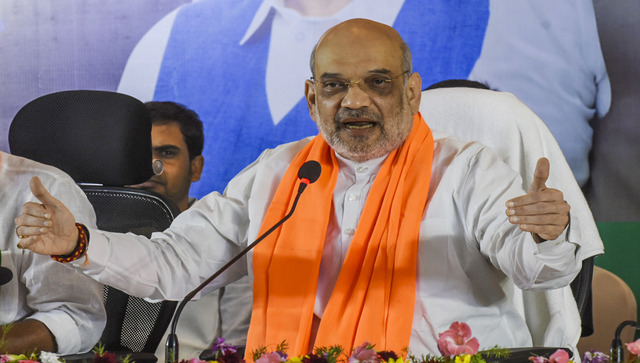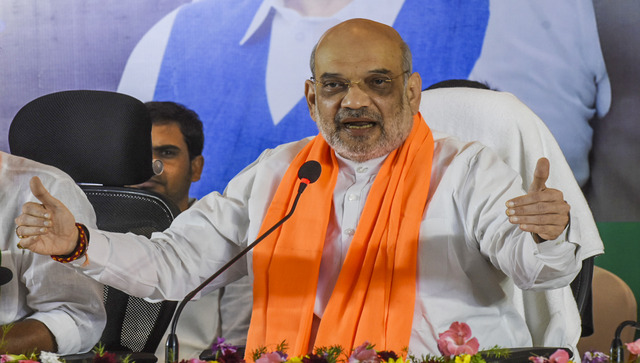In a major blow to controversial liquor baron Vijay Mallya, the Karnataka high court on Tuesday ordered the winding up of United Breweries (Holdings) Ltd (UBHL), the parent company of UB Group, for recovering dues payable by the UBHL-promoted defunct Kingfisher Airlines Limited. In an order delivered via video conference, Justice Vineet Kothari of the Dharwad Bench of the Karnataka High Court stated that the court came to a conclusion that the respondent company UBHL deserved to be wound up for failure to discharge its duties to pay up their creditors.
The creditors including BNP Paribas, the lead petitioner State Bank of India and aircraft lessors and engine makers such as Rolls Royce and IAE had moved the court to get back their dues of Rs 146 crore. The judge said the assets of the respondent company cannot be left under the control of UBHL and could be handed over to official liquidator to achieve the winding up process as per the law.
The judge referred to complete erosion of net worth as well as UBHL’s refusal to square up its guarantee obligations and raising moonshine defences to avoid its winding-up. Justice Kothari further said that the official liquidator was asked to file a status report about taking over the control and possession of assets of UBHL and also about the pending litigation cases against it at various other forums/courts/ tribunals or before this court, within a period of four weeks.
The judge said deposits of 1,280 crore made in the court under interim orders of the court will be utilised for distribution, if UBHL is to be wound up. The total dues amount to nearly 7,000 crore. To understand the nuances of this process and the implications for Mallya, let us explore the provisions in the Companies Act 2013 concerning a little further.
From the earliest companies’ law in India, vis-à-vis the Act XLIII of 1850, winding up of the company has been provided under various modes, broadly providing for winding up at the instance of creditors, members, and directors. Since the 1857 Act, directors have not had the power to liquidate the company without a shareholder resolution. The Companies Act provides the modes for winding up the company, with qualifications on the persons entitled to initiate the winding up and the processes that follow.
Winding up was covered in Part VII of the 1956 Companies Act, 1956 (old Act). Section 425 of the old Act, provided for three modes of winding up of companies: (1) by the court; (2) voluntarily, or; (3) subject to the supervision of the court. Chapter I of Part VII of the 1956 Act provided the preliminary provisions applicable to winding up of companies and Chapter V covered provisions common to all the modes of winding up. Chapters II, III and IV of Part VII of the old Act governed the process for winding up by court, voluntary winding up, and winding up subject to the supervision of the court, respectively.
The Companies (Second Amendment) Act, 2002, which were not brought into force, introduced certain important changes to Part VII of the old Act. The provision for winding up under the supervision of the court in s. 425 was deleted and “the Court” was replaced with the “National Company Law Tribunal” constituted under this amendment, to which the jurisdiction for winding up companies was transferred. Accordingly, Chapter IV of Part VII of the old Act, comprising ss. 522 to 527, was also deleted under the Companies (Second Amendment) Act, 2002.
Chapter XX of the Companies Act, 2013 (the new Act) follows the structure and processes for winding up as adopted in Part VII of the erstwhile Companies Act, 1956 (the old Act). Chapter XX came into force only recently. Most of the provisions under this Chapter were notified on 15 December, 2016. Chapter XX of the new Act contains the provisions for winding up of companies registered under the Act and under previous companies’ laws. Section 270 of the 2013 Act is the introductory section to Chapter XX and sets out two modes of winding up vis-à-vis winding up by the Tribunal and voluntary winding up.
Winding up under the supervision of the court and the creditors voluntary winding up, provided for under the old Act, is not incorporated in the new Act. Part I of Chapter XX governs the process of winding up by the Tribunal while Part II governs the processes for voluntary winding up and Part III contains provisions applicable to every other mode of winding up. Section 271 corresponds with sections 433 and 434 of the Companies Act, 1956. The section seeks to provide the circumstances under which a company may be wound up by the Tribunal. The clause further seeks to define the circumstances when a company is deemed to be unable to pay its debts.
Significantly for Mallya, the Insolvency and Bankruptcy Code of 2016 was partially notified last year. The much awaited Code provides a consolidated platform for insolvency resolution, liquidation and bankruptcy of corporate persons, partnership firms and individuals in a timely and effective manner. The code comprises 255 sections, divided into five parts, out of which about 100 provisions have been notified to date. It is commendable that the board, after its constitution under chair MS Sahoo in October 2016, has within only two months.
One of the fundamental features of the Code is that it allows creditors to assess the viability of a debtor as a business decision, and agree upon a plan for its revival or a speedy liquidation. The Code creates a new institutional framework, consisting of a regulator, insolvency professionals, information utilities and adjudicatory mechanisms, that will facilitate a formal and time bound insolvency resolution process and liquidation. In the coming days it will be interesting to see how the judiciary balances the considerations of these new provisions. This case will also be a test for efficacy of the new provisions in facilitating a more streamlined winding up process.
(Dr.Kumar is the founder of Hammurabi & Solomon and a visiting fellow with the Observer Research Foundation)


)




)
)
)
)
)
)
)
)